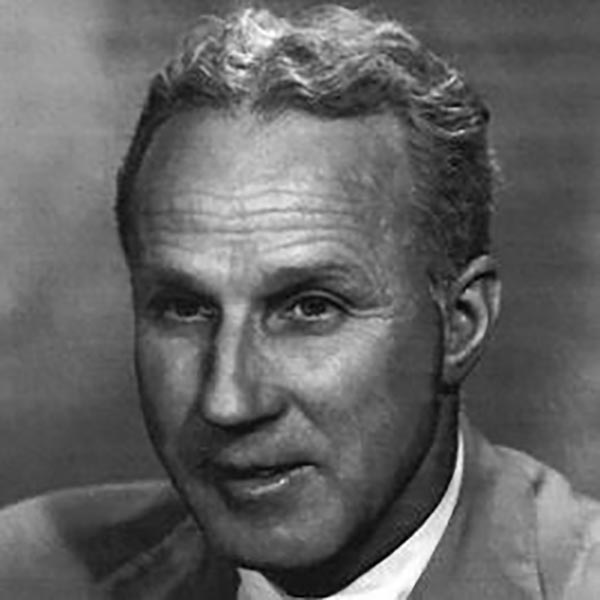Tommy Tomson (1900 - 1986), also known as Charles G. Tomson and Golden Sands Tomson, was a surveyor, landscape architect, and urban planner closely associated with the development and history of Palm Desert, in California's Coachella Valley. Born in Zanesville, Ohio, Tomson trained as a surveyor in Michigan before relocating to the American Southwest, working in Albuquerque, Texas, and Hollywood. After briefly considering a career as an actor, Tomson committed to surveying and urban planning. In Los Angeles, he met and married Dorris Henderson, a California native from the inland desert to the east and south of Los Angeles. After a stint in Portland, Oregon, Tomson returned to Los Angeles, where he was tasked with planning the landscaping for the infield at the Santa Anita Park horse racing track. This project gained him acclaim and many new clients, including celebrities (the likes of Henry Fonda, Frank Sinatra, and Red Skelton) looking for elaborate landscaping for their homes. He was also given additional projects for public institutions, including a patio at Union Station, laying out swimming pools for hotels in Beverley Hills, and designing the landscaping for the Park La Brea housing community. His designs are credited with helping create the postwar image of Southern California defined by swimming pools, palm trees, and an adaptation of California's romanticized, mythologized past to homes designed with outdoor leisure in mind. He became particularly well known for his 'kidney shaped' and figure 8 swimming pool designs, as well as the famous piano-shaped swimming pool in Frank Sinatra's Palm Springs home. After the Second World War, Tomson and his four brothers-in-law undertook a project to develop land in the inland deserts of Southern California. Government-owned land, which had been used by the military during the war, was being sold at a very favorable price on the condition that investments and improvements were made to the land. The land chosen by Tomson and the Hendersons in 1946 was just off Highway 74, not far from Palm Springs, and was dubbed by one of Tomson's brothers-in-law as Palm Desert. Tomson chose a plot and built a house for his family, though they initially only stayed for weekends given the lack of services and infrastructure. Later, Tomson retired to a grand, distinctive Spanish-style 'hacienda' that he designed and built in Palm Desert, complete with a chapel, blacksmith shop, and faux ruins of an aqueduct.



